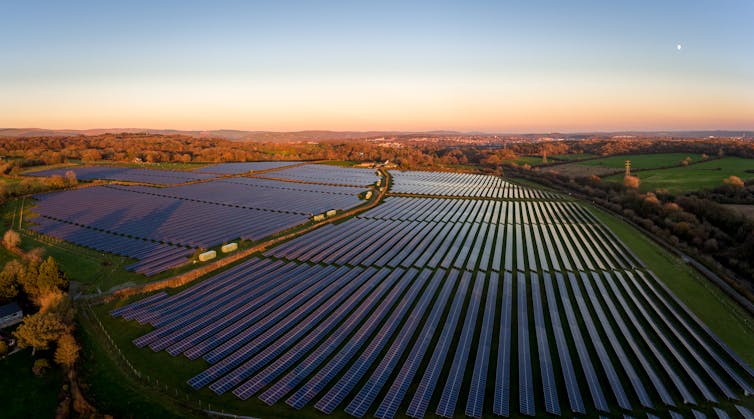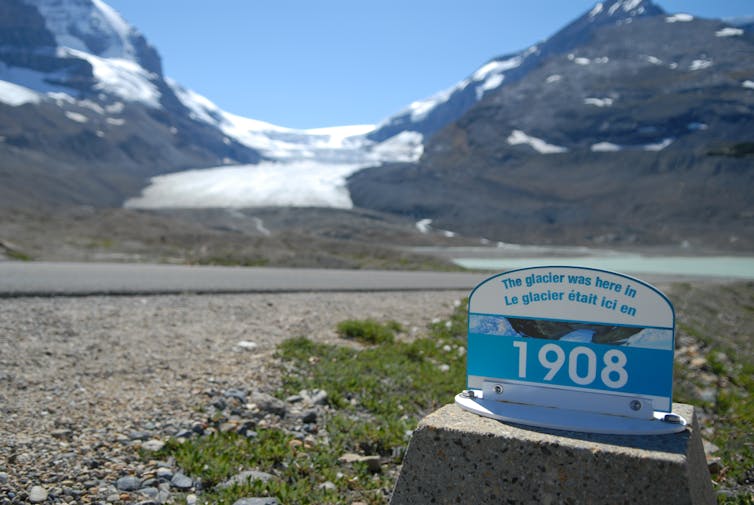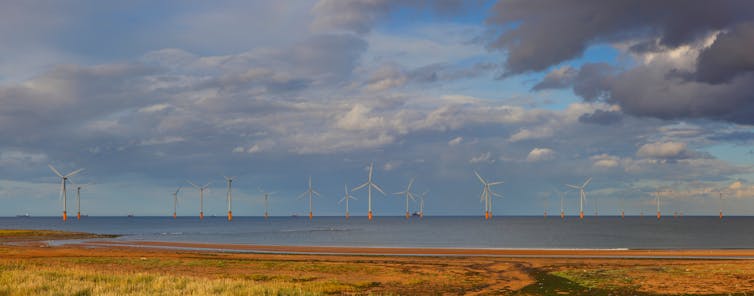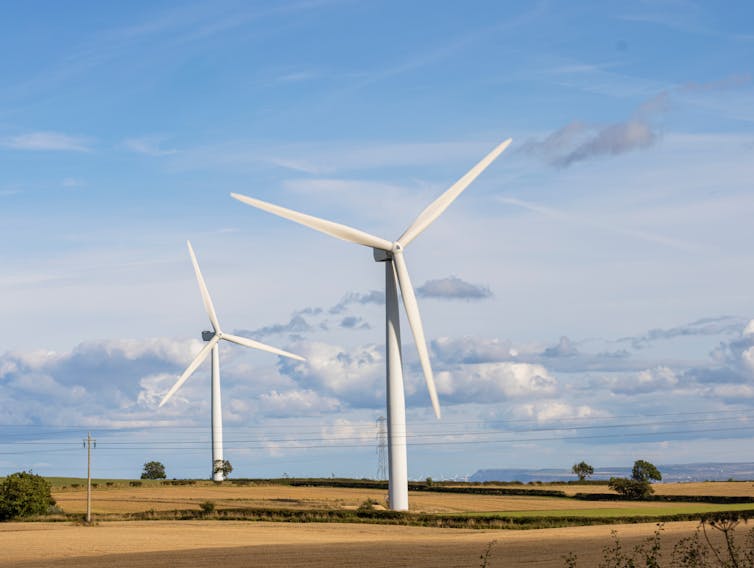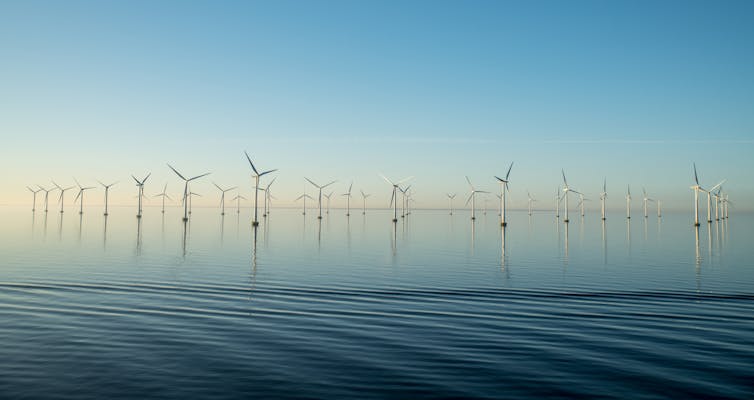My name is Jack Atkinson-Willes and I am a recent graduate from the University of Bristol’s Engineering Design course. In 2016 I was given the unique opportunity to work in Chile with the renewable energy consultancy 350renewables on a Solar PV research project. In this blog I am going to discuss how this came about and share some of the experiences I have had since arriving!
First of all, how did this come about? Due to the uniquely flexible nature of the Engineering Design course I was able to develop my understanding of the renewable energy industry, a sector I had always had a keen interest in, by selecting modules that related to this topic and furthering this through industry work experience. In 2013, the university helped me secure a 12 month placement with Atkins Energy based near Filton, and while this largely centred around the nuclear industry it was an excellent introduction into how an engineering consultancy works and what goes into development of a utility-scale energy project.
In 2015 I built on this experience with a 3 month placement as a research assistant in Swansea University’s Marine Energy Research Group (MERG). I spent this time working on the EU-funded MARIBE project, which aimed to bring down the costs of emerging offshore industries (such as tidal and wave power) by combining them with established industries (such as shipping). This built on the experience I had gained through research projects I had done as part of my course at Bristol, and allowed me to familiarise myself further with renewable energy technology.
Keen to use my first years after graduation to learn other languages and travel, but also start building a career in renewables, I realised that the best way to combine the two was to start looking at countries overseas that had the greatest renewable energy potential. Given that I had just started taking an open unit in Spanish, Latin America was, naturally, the first place I looked; and I quickly found that I needn’t look much further! Latin American was the fastest growing region in the world for renewable energy in 2015, and this was during a year when global investment in renewables soared to record levels, adding an extra 147GW of capacity. (That’s more than double the UK demand!)
So, eager to find out more about the opportunities to work there, I discussed my interest with Dr. Paul Harper. He very kindly put me in touch with Patricia Darez, general manager of 350renewables, a renewable energy consultancy based in Santiago. As luck would have it, they were looking to expand their new business and take someone on for an upcoming research project. Given my previous experience in both an engineering consultancy and research projects I was fortunate enough to be offered a chance to join them out in Chile. Of course I jumped at the opportunity!
 |
| 1 – Santiago, Chile (the smog in this photo being at an unusually low level) |
Fast-forward by 8 months and I am tentatively stepping off the plane into a new country and a new life, eager to get started with my new job. Santiago was certainly a big change to Bristol, being about 10 times the size, but to wake up every day with the Andes mountains looming over the skyline was simply incredible. The greatest personal challenge by far has been learning Spanish, largely because the Chilean version of Spanish is the approximate equivalent to a thick Glaswegian accent in English. So for my (at best) GSCE level Spanish it was quite a while before I felt I could converse with any of the locals (and even now I spend almost all my time nodding and smiling politely whilst my mind tries to rapidly think of a response that would allow the conversation to continue without the other person realising I haven’t a clue what they’re saying!) But it has taught me to be patient with my progress, and little by little I can see myself improving.
Fortunately for me though, I was able to work in English, and before long I was getting to grips with the research project that I had travelled all this way for! But before I go into the details of the project, first a little background on why Chile has been such a success story for Solar.
 |
|
2 – There’s a lot of empty space in the Atacama
|
The Atacama desert ranges from the pacific ocean to the high plains of the Andes, reaching heights of more than 6000m in places. It is the driest location on the planet (outside of the poles) where in some places there hasn’t been a single drop of rain since records began. This combined with the high altitude results in an unparalleled solar resource that often exceeds 2800 kWh/m2 (Below are two maps comparing South America to the UK, and one can see that even the places of highest solar insolation in the UK wouldn’t even appear on the scale for South America!)
 |
| 3 – Two maps comparing the solar resource of Latin America to the UK. If you think about the number of solar parks in the UK that exist, and are profitable, just imagine the potential in Latin America! |
The majority of the Atacama lies within Chile’s northern regions, and because of this there has been a huge rush over the past 3 years to install utility-scale Solar PV projects there. Additionally, Chile has seen an unprecedented period of economic growth and political stability since the 1990’s, in part due to the very same Atacama regions which are mineral-rich. The mines used to extract this wealth are energy-hungry, and as Chile has a lack of natural fossil fuel resources, making use of the plentiful solar resource beating down on the desert planes surrounding these remote sites made perfect economic sense. This is added to the need for energy in the rapidly-growing cities further south, in particular the capital Santiago, where almost a third of the Chilean population live. From 2010 to 2015, the total installed capacity of PV worldwide went from 40GW to 227GW, a rapid increase largely due to decreasing PV module manufacture costs. As the cost of installation dropped, investors began to search for locations with the greatest resources, and so Chile became a natural place to invest for energy developers.
However, as large scale projects began generating power, new challenges began to emerge. New plants were underperforming and thus not taking full advantage of the powerful solar resource. This underperformance could be down to a whole range of factors; faulty installation, PV panels experiencing a drop in performance due to the extremely high UV radiation (known as degradation). But the main culprits are likely to be two factors; curtailment and soiling.
Firstly, curtailment. Chile is a deceptively large country, which from top to bottom is more than 4000km long (roughly the distance from London to Baghdad). Because of this, instead on having one large national grid, it is split into four smaller ones. The central grid (in blue, which is connected to the power-hungry capital of Santiago) offered a better price of energy than the northern grid (in green) supplying the more sparsely populated Atacama regions. This lead to a large number of plants being installed as far into the Atacama desert as possible, and therefore as far north as possible, whilst still being connected to the more profitable central grid.
 |
|
4
– A map of the central (blue) and northern (green) grids in Northern Chile.
Major PV plants are shown with red dots
|
This lead to a situation where the low number of cables and connections that existed connecting these areas with the cities further south suddenly became overloaded with huge quantities of power. When these cables reach capacity, the grid operators (CDEC-SIC – http://www.cdecsic.cl/), with no-where to store this energy, simply have no other option but to limit (or curtail) the clean, emission-free energy coming out of these PV plants. This is bad news for the plant operators as it limits their income, and bad news for the environment as fossil fuels still need to be burned further south to make up for the energy lost.
The solution to this is to simply build more cables, a task easier said than done in a country of this size and in an area so hostile. This takes a long time, and so until the start of 2018 when a new connection between the northern and central grids will be made, operators have little choice but to busy themselves by improving plant performance as much as possible in preparation for a time when generation is once again unlimited.
This leads me onto soiling. Soiling is a phenomenon that occurs when wind kicks up sand and dust from the surrounding environment and this lands on the PV panels. This may seem relatively harmless but in Saudi Arabia is has been found to be responsible for as much as a 30% loss in plant performance. Chile, however, is still a very new market and so the effects of soiling here are not as well understood. What we do know for sure is that it affects some sites much more than others – the image below being taken by the 350renewables team at an existing Chilean site.
 |
| 5 – The extent of soiling in the Atacama. One can appreaciate the need for an occasional clean! |
These panels can be cleaned, but this becomes somewhat more complicated when you consider that some of these plants have more than 200,000 panels on one site. Cleaning then becomes a balance between the cost of cleaning, the means of cleaning (water being a scarce commodity in the desert) and the added energy that will be gained by removing the effects of soiling.
This is what the research project that I am taking part in hopes to establish. Sponsored by CORFO, a government corporation that promotes economic growth in Chile, and working with the University of Santiago, 350renewables hopes to establish how soiling effects vary across the Atacama and which cleaning schedules are best suited to maximising generation. There are 10 utility scale projects currently taking part, providing generation data and cleaning schedules. My role within this project has thus far been to inspect, clean and process all the incoming data and transfer this to our in-house tools for analysis. In the future (as my spanish improves) this will move onto liaising with the individual maintenance teams at each site to ensure that cleaning schedules are adhered to.
My most notable challenge thus far was presenting some of our initial findings at the Solar Asset Management Latin America (SAM LATAM – http://www.samlatam.com/#solar-asset-management-latam) conference in September. Considering I had only been in the country for just over a month, it was a lot to learn in not very much time! My presentation discussed the underperformance of Chilean PV plants and the potential causes for this, examining some of the publicly available generation data over the past few years. It was certainly terrifying, but getting the opportunity to share a stage with a plethora of CEOs, managers and directors from the Chilean solar energy industry was a fantastic opportunity.
 |
| 6 – I felt like an impostor amongst all the Directors and Managers |
A few weeks prior to this we had also gone to the Intersolar South America conference (https://www.intersolar.net.br/en/home.html) in São Paulo, Brasil, where Patricia was speaking. This was another fantastic opportunity to meet other people from the industry (although somewhat limited by my non-existent Portuguese abilities) and I was lucky enough to have some time to explore the city for a few days thereafter.
 |
| 7 – São Paulo, Brazil |
In addition to São Paulo, I have been able to find the time to travel elsewhere in Chile during my time here, including down to Puerto Varas in the south with its peaceful lakes nestled at the feet of imposing active volcanoes (including the Calbuco volcano, which erupted in spectacular fashion in early 2015: https://www.youtube.com/watch?v=faacTZ5zeP0). Being further south the countryside is much more green, and with a significant German influence from several waves of immigration in the 1800s.
 |
| 8 – Me in front of the incredible Osorno Volcano near Puerto Varas |
 |
| 9 – Puerto Varas |
By far my favourite though was the astounding Atacama desert. As beautiful as it is vast. The high altitude making for astounding blue skies contrast against the red rocks of the surrounding volcanic plains. It is also one of the best stargazing spots on the planet, and the location of the famous A.L.M.A. observatory, which hopes to provide insight on star birth during the early universe and detailed images of local star and planet formations (http://www.almaobservatory.org/).
 |
|
10
– Me in the Atacama. The second photo being what can only be described as a
dust tornado. To call the Atacama inhospitable would be taking it lightly
|
 |
| 11 -Valle de la luna, an incredible formation of jagged peaks jutting out of the desert plains. Certainly a highlight. |
In the new year the soiling project really gets underway, and by the end of 2017 we hope to have some findings that will provide some insights into the phenomenon that is soiling. Personally, it has been a great adventure so far, the language skills I have developed and the experience of living in another culture, as opposed to merely passing through as a tourist, has been very rewarding. I still have a long way to go, and hope to post an update to this blog in the future, but for now a Happy New Year from Chile!

